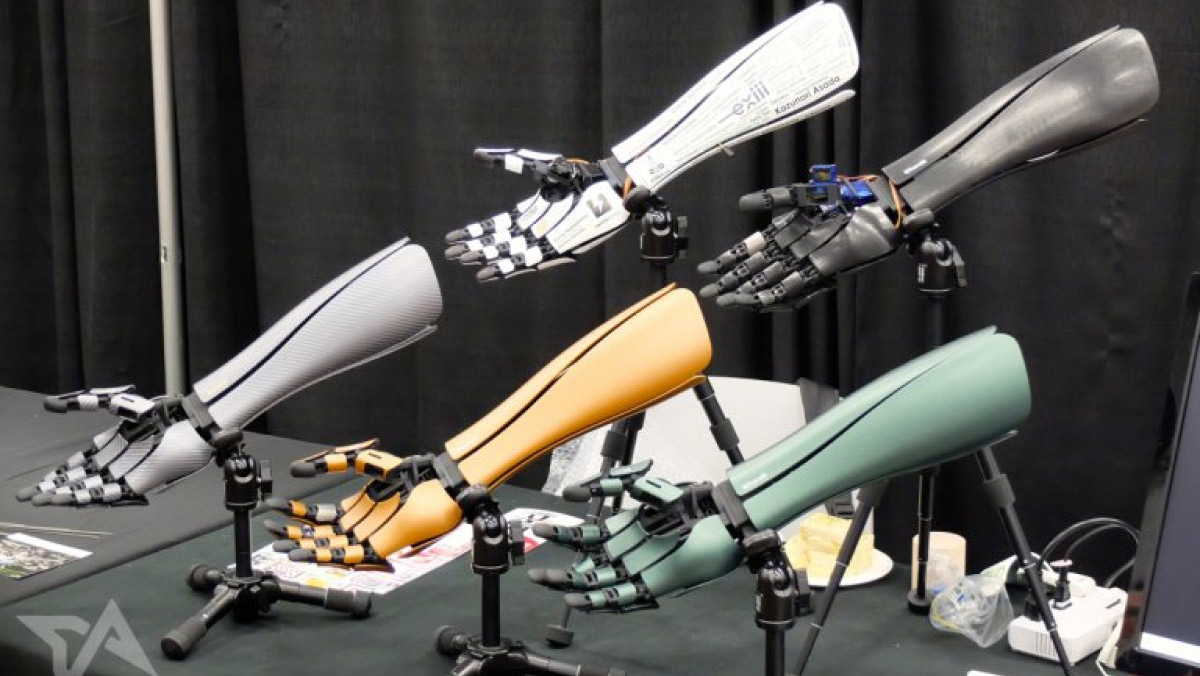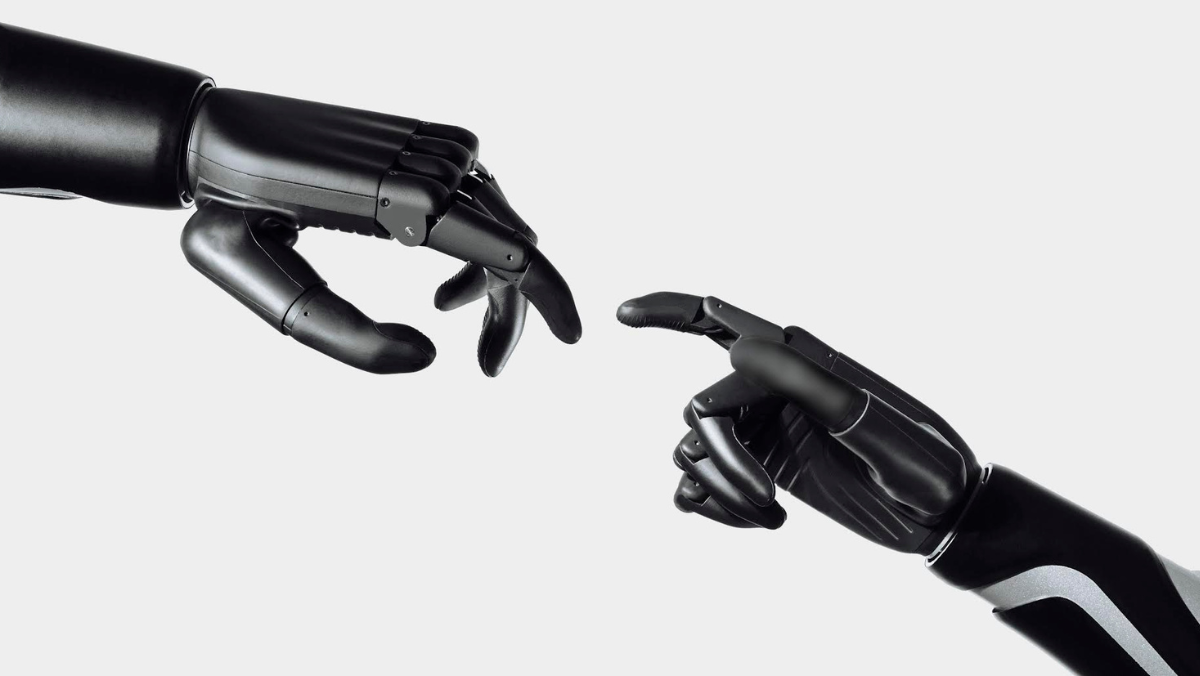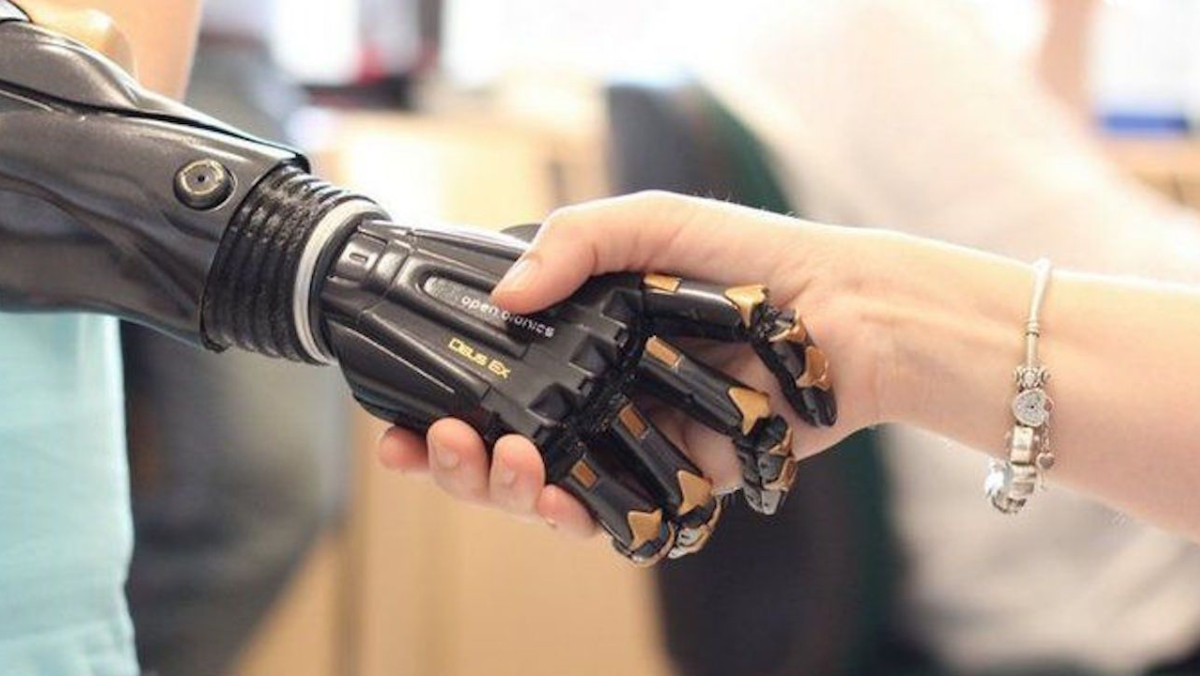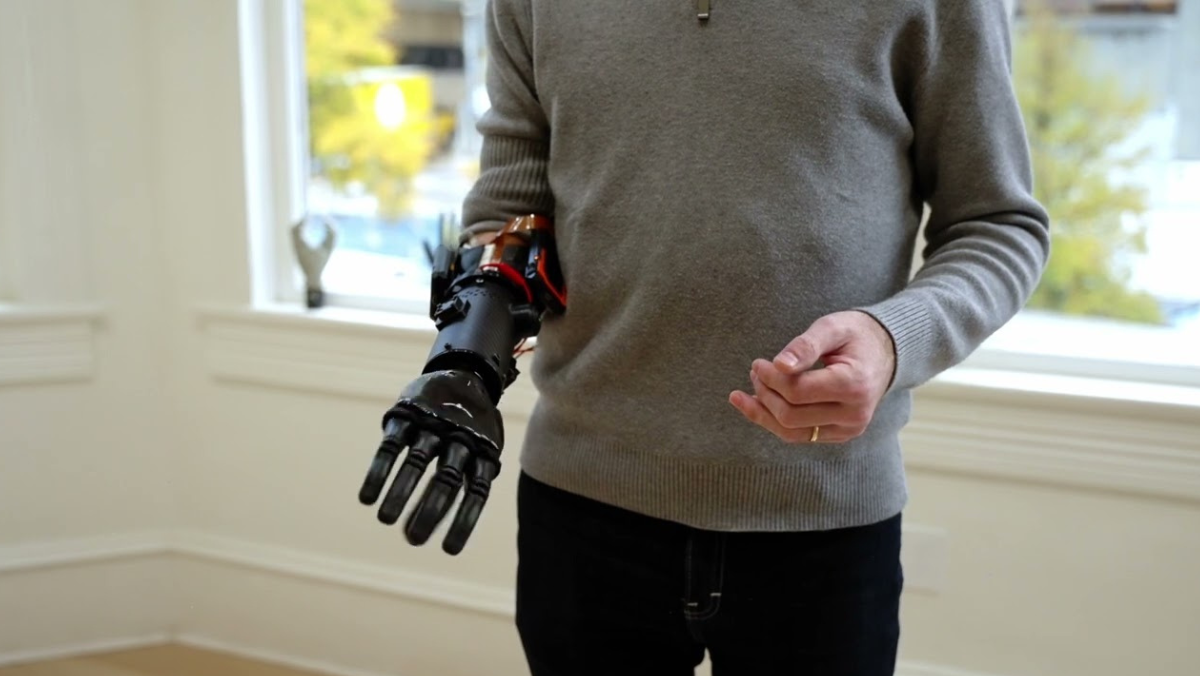TECHNOLOGY
Smarter Limbs: How AI Is Changing Prosthetics Forever
Startups like Phantom Neuro are reshaping prosthetics with AI-enabled sensors, while researchers push for smarter, more intuitive limb systems.
5 May 2025

Artificial intelligence is unlocking a new era in prosthetic care, with emerging technologies offering users more natural, responsive movement. While legacy systems focused on rigid, pre-set motions, today’s innovations are pushing toward limbs that respond more like biological ones.
Leading this shift is a new generation of startups combining AI with advanced sensor technology to decode muscle signals and deliver real-time control. In mid-April, Phantom Neuro secured $19 million to advance its AI-powered muscle-sensing platform, aiming to bring neural-level precision to upper-limb prosthetics. This marks one of the most significant funding rounds in the sector this year and reflects a growing investor appetite for intelligent, adaptable prosthetic solutions.
"AI is allowing us to translate muscle intent into movement with incredible fidelity," said Dr. Lucas James, co-founder of Phantom Neuro. "We're not just improving control, we're aiming for a future where the prosthetic feels like an extension of the body."
Although Mobius Bionics’ LUKE Arm, commercialized in 2014, was a milestone in modular design and functional dexterity, it does not feature adaptive machine learning that learns from users in real time. Still, the LUKE Arm helped pave the way for today’s innovators, offering a sophisticated control platform upon which next-gen devices can build.
Government interest in smarter prosthetics remains strong, though specific funding for AI-integrated limbs is limited. NIH’s Bridge2AI program, launched in 2022, focuses broadly on biomedical data rather than prosthetic systems specifically. DARPA’s once-groundbreaking Revolutionizing Prosthetics program, active since 2006, has seen fewer public updates recently, with no major new AI-driven limb awards in the past year.
As startups race to fill the innovation gap, researchers and clinicians are optimistic about the next wave of prosthetic care. Wearable limbs will do more than move. They will sense, respond, and ultimately restore autonomy. The future of prosthetics is becoming less mechanical and more personal, as AI reshapes not only how limbs function but how lives are rebuilt.
Latest News
16 Dec 2025
Fillauer and Aether Join Forces to Expand Bionic Hand Access12 Dec 2025
Prosthetics Care Tests a New Digital Blueprint10 Dec 2025
Neurotech Wave Puts Prosthetic Mobility in Play24 Nov 2025
How Close Are Prosthetics to Feeling Natural?
Related News

PARTNERSHIPS
16 Dec 2025
Fillauer and Aether Join Forces to Expand Bionic Hand Access

INNOVATION
12 Dec 2025
Prosthetics Care Tests a New Digital Blueprint

TECHNOLOGY
10 Dec 2025
Neurotech Wave Puts Prosthetic Mobility in Play
SUBSCRIBE FOR UPDATES
By submitting, you agree to receive email communications from the event organizers, including upcoming promotions and discounted tickets, news, and access to related events.